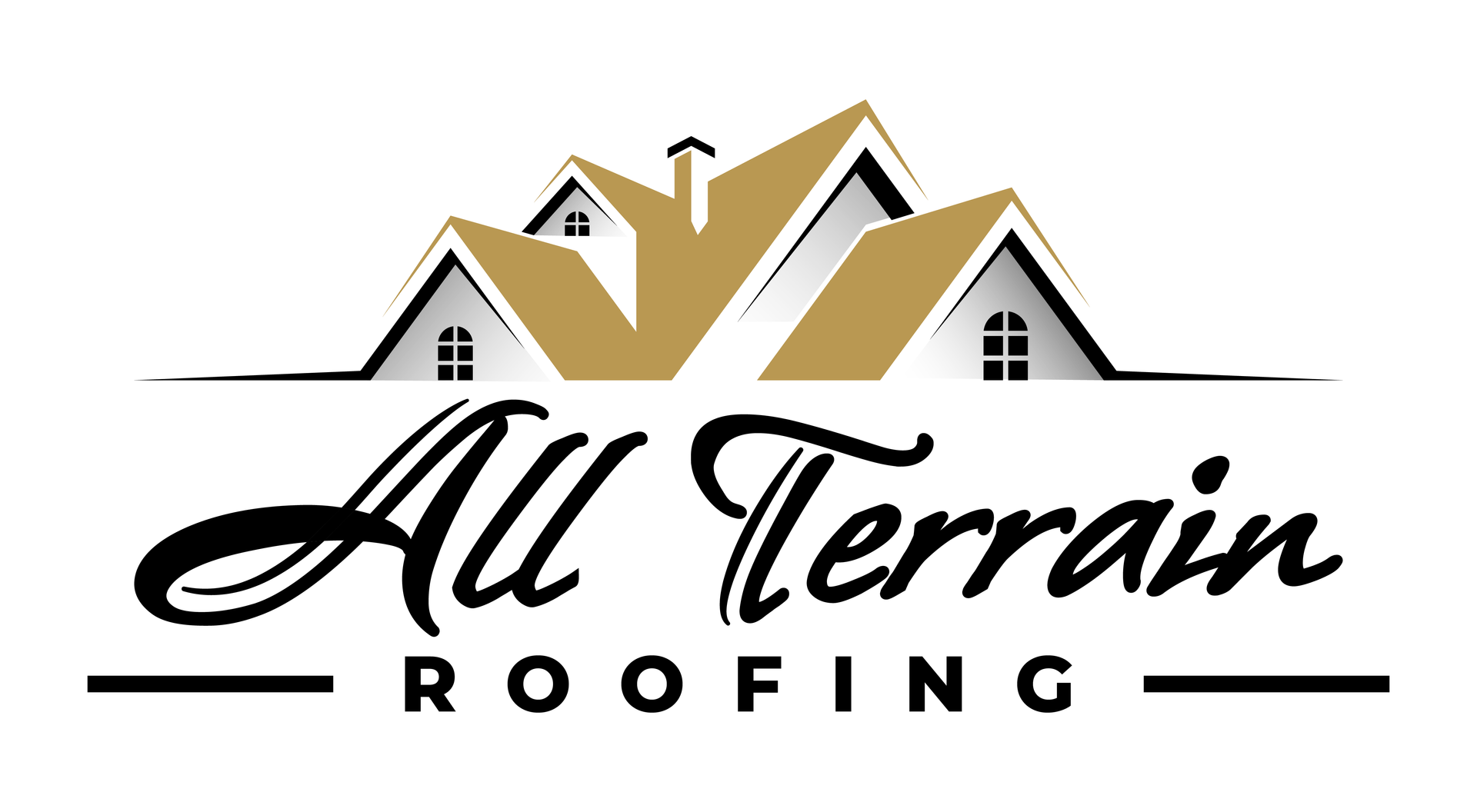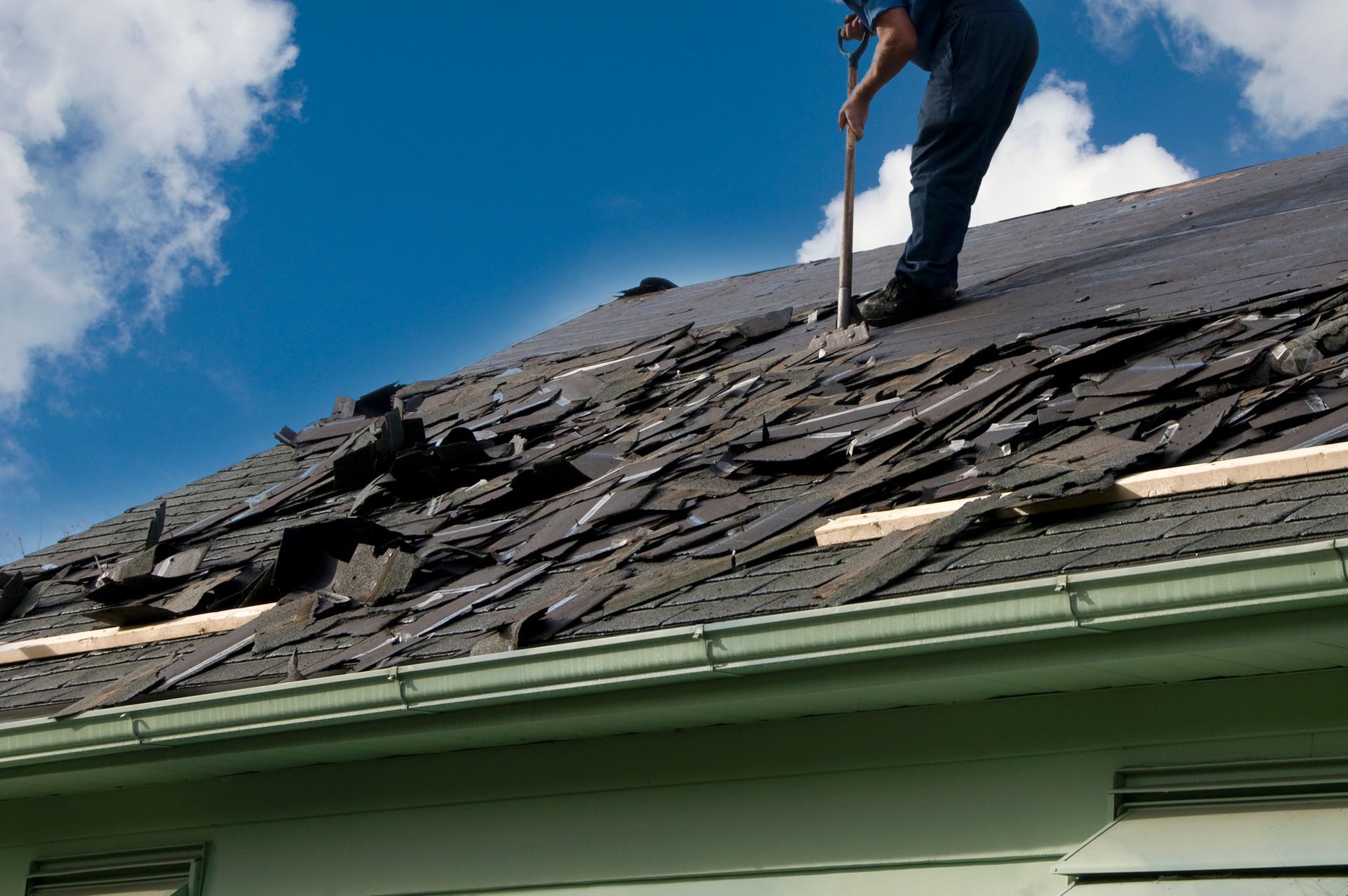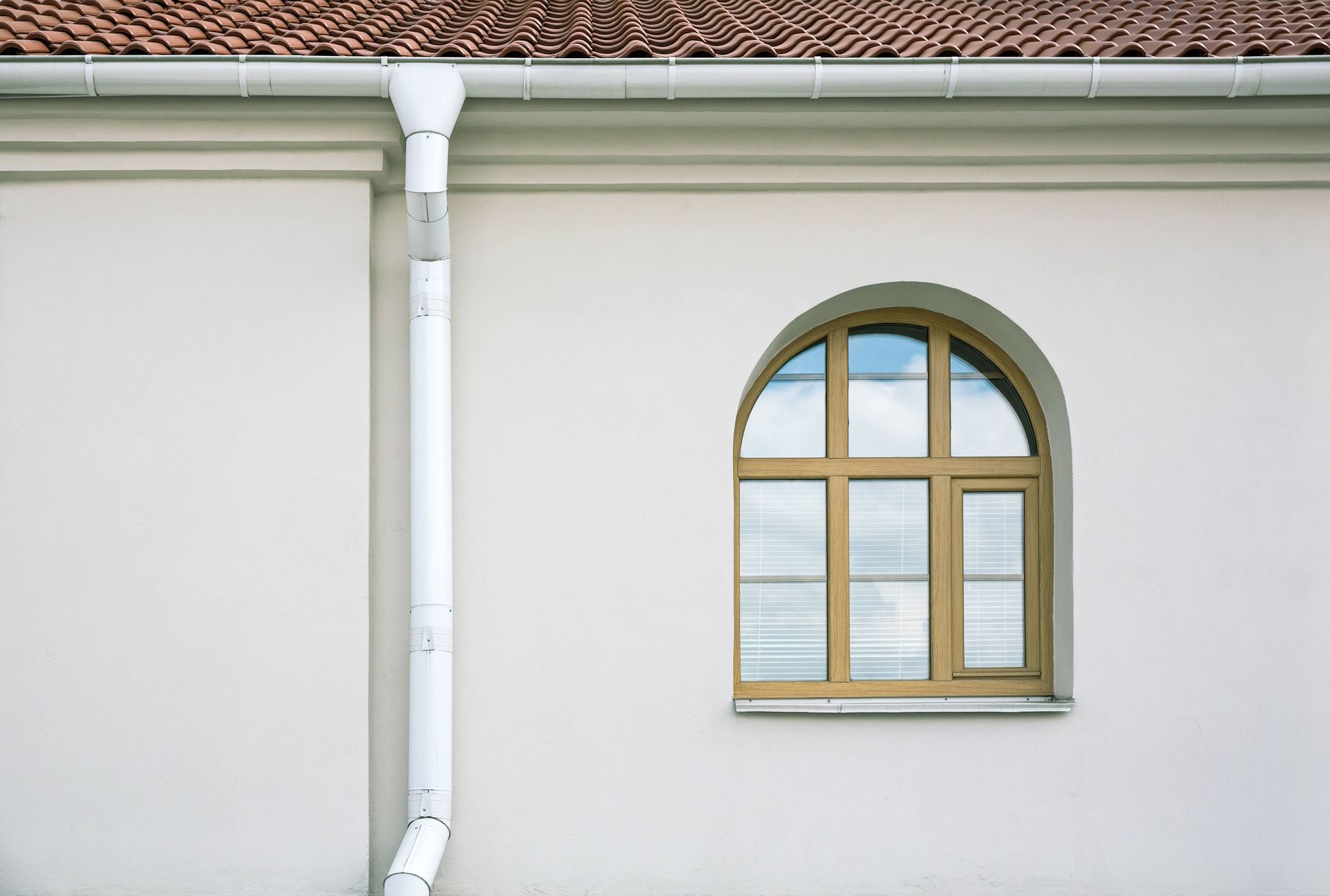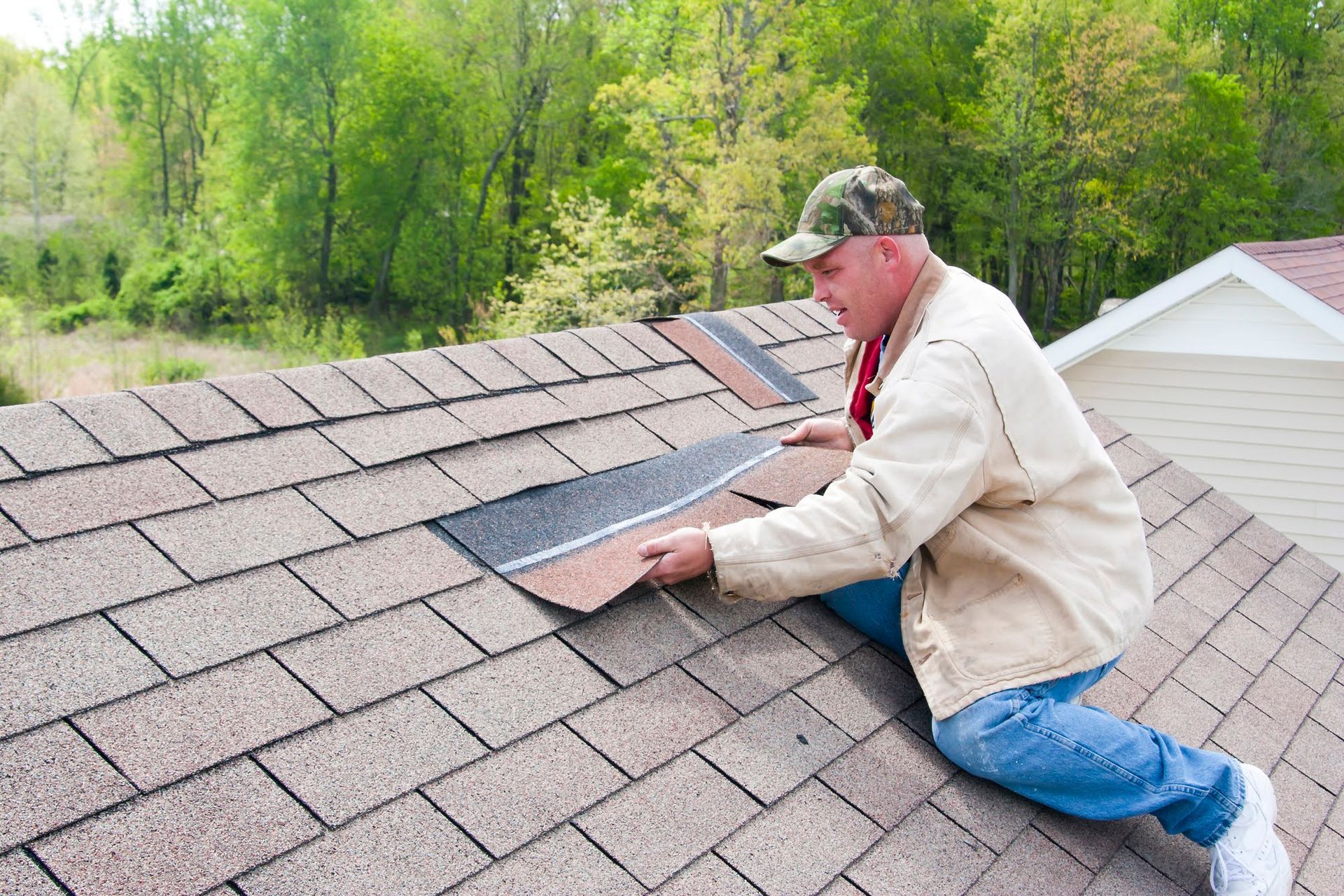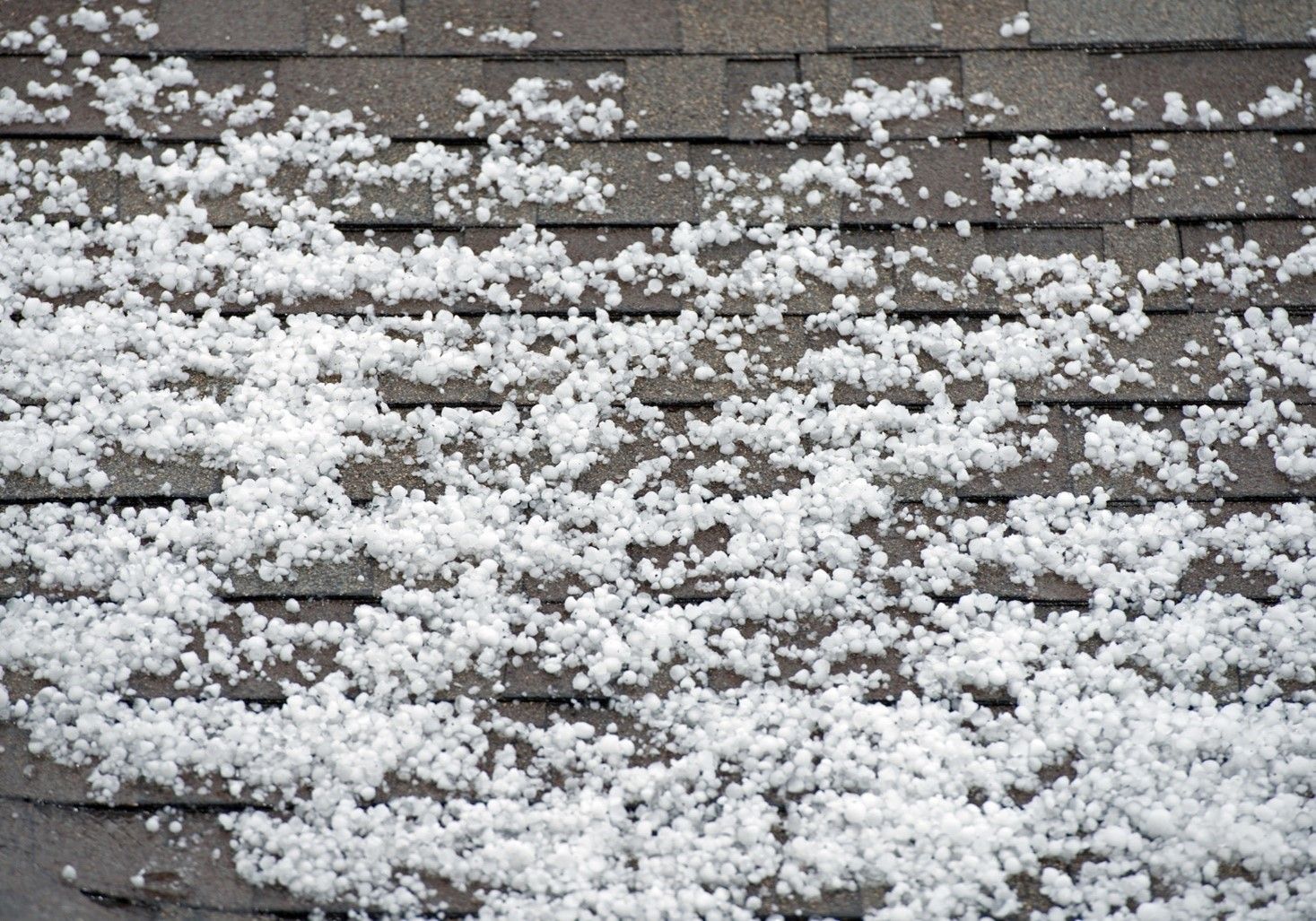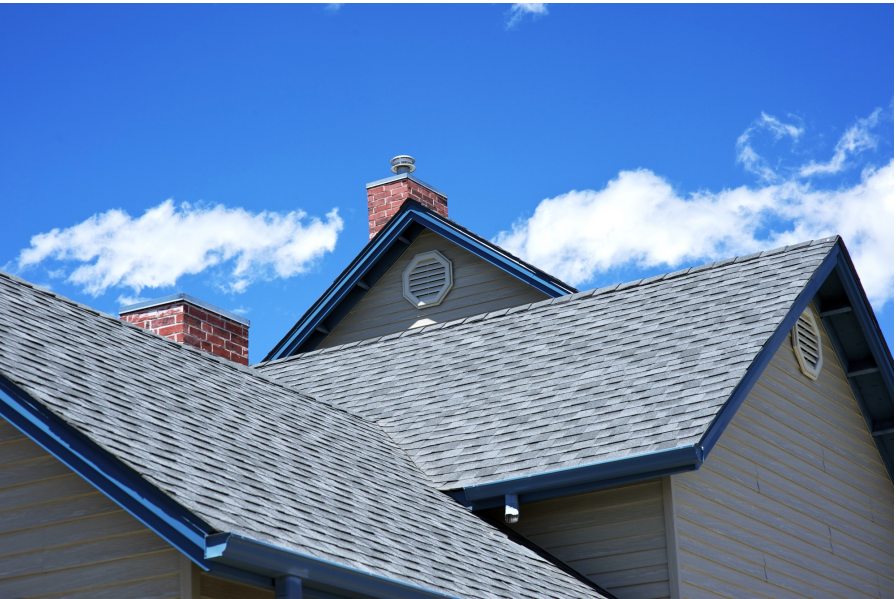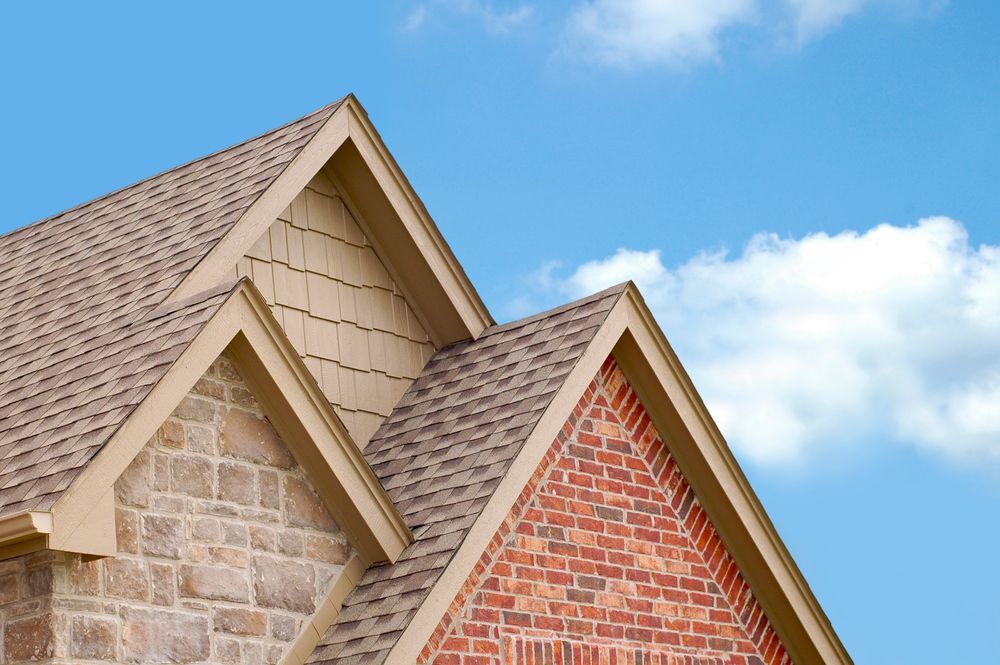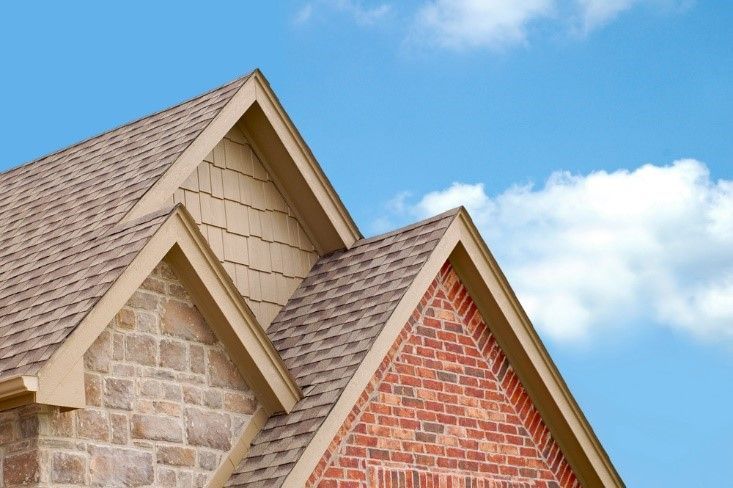Serving Spokane and the Surrounding Areas
Our newest location now serving Federal Way, Tacoma, Puyallup,
Lakewood, and University Place
Wood vs Composite Decking

Wood Decking:
Pros:
1. Natural and traditional look: Wood decking has a classic, warm appearance that many people find aesthetically pleasing. It can enhance the natural beauty of outdoor spaces and blend well with the surrounding environment.
2. Cost-effective: In general, wood decking is less expensive to install compared to composite decking. The upfront cost of materials is often lower, especially if you choose pressure-treated lumber or more affordable wood species.

3. Repairability: If a wood deck gets damaged, individual boards can be easily replaced or repaired. This makes maintenance more straightforward, as you can address specific issues without having to replace the entire deck.
4. Availability and versatility: Wood decking materials are widely available, and there are various wood species, grades, and finishes to choose from, allowing for customization based on preferences and budget.
Cons:
1. Higher maintenance: Wood decks require regular maintenance to keep them in good condition. This includes cleaning, staining, and sealing to protect against moisture, UV rays, rot, and insect infestation. Neglecting maintenance can lead to premature deterioration.
2. Prone to warping, splitting, and splintering: Wood is a natural material that can expand and contract with changes in temperature and humidity. Over time, this movement can cause warping, splitting, and the formation of splinters, which can be a safety concern.
3. Vulnerability to pests and decay: Wood is susceptible to damage from termites, rot, and other pests and decay-causing organisms. Proper preventive measures and regular inspections are necessary to prevent and address these issues.
4. Limited lifespan: While the lifespan of a wood deck can vary depending on the type of wood and the level of maintenance, it generally has a shorter lifespan compared to composite decking. Without proper care, a wood deck may need to be replaced sooner.
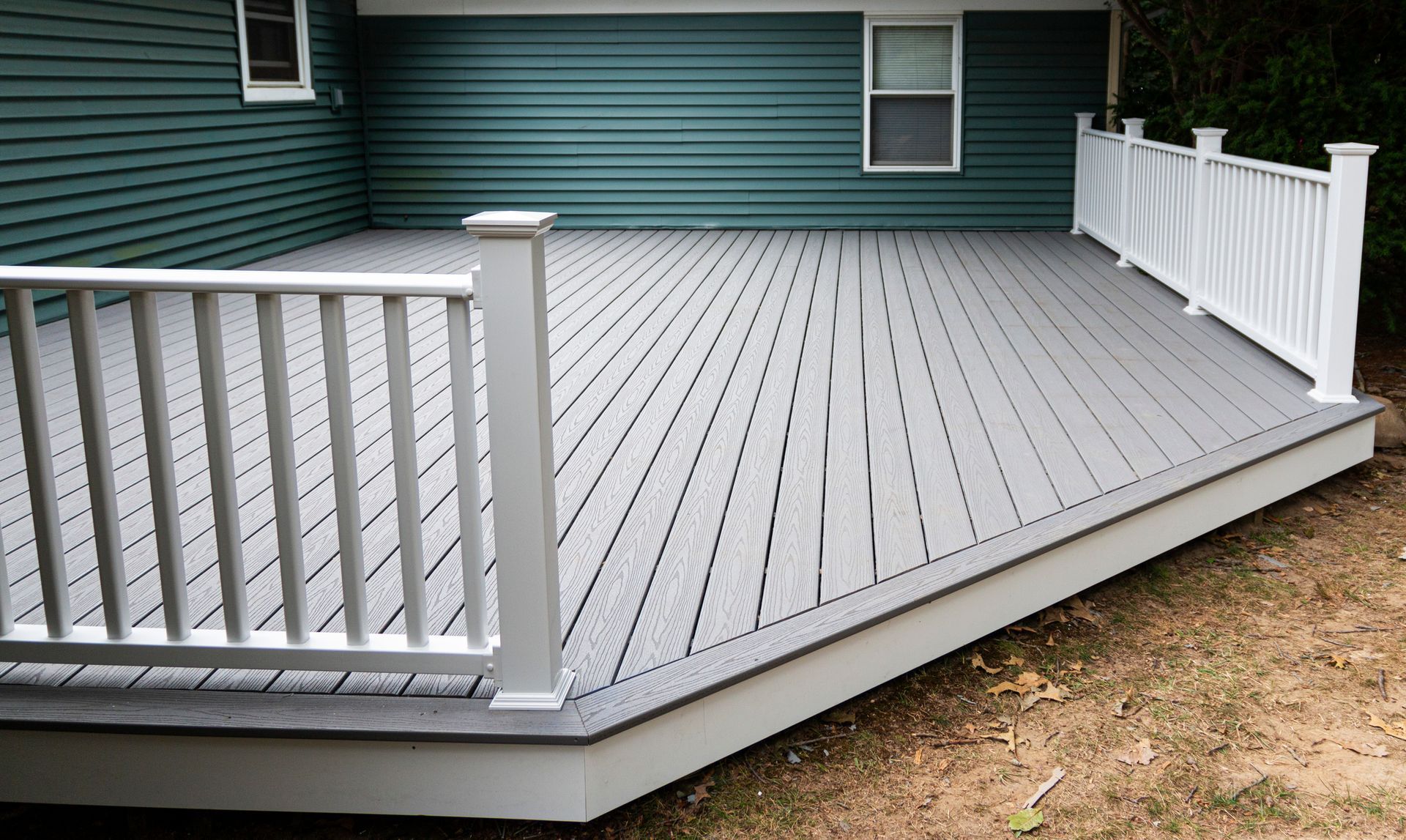
Composite Decking:
Pros:
1. Low maintenance: Composite decking requires minimal maintenance compared to wood. It does not need staining, sealing, or regular painting. Generally, periodic cleaning with soap and water is sufficient to keep it looking good.
2. Durability: Composite decking is designed to be highly durable and resistant to warping, cracking, and rotting. It is made from a combination of wood fibers and recycled plastic, providing excellent strength and longevity.

3. Resistance to pests and decay: Composite decking is not susceptible to termites, rot, or decay. It is also resistant to mold and mildew growth, making it a suitable choice for humid or damp climates.
4. Long lifespan: Composite decking has a longer lifespan compared to wood. It can last 25 years or more with proper installation and maintenance, reducing the need for frequent replacements.
Cons:
1. Higher upfront cost: Composite decking typically has a higher upfront cost compared to wood. The materials are generally more expensive, which can impact the initial installation budget.
2. Limited aesthetic options: While composite decking has improved in terms of aesthetics, it may not offer the same natural look and warmth as wood. The range of colors and finishes available is expanding, but it may not provide the same level of customization as wood.
3. Heat retention: Some composite decking materials can retain more heat compared to wood. In hot climates, this can make the surface uncomfortably hot to walk on barefoot. However, certain composite decking brands offer heat-reflective options to mitigate this issue.
4. Potential for fading and staining: Over time, some composite decking materials may fade or develop stains due to prolonged sun exposure or interactions with certain substances. Choosing high-quality composite decking and following the manufacturer's recommendations for care can help minimize these issues.
Ultimately, the choice between wood decking and composite decking depends on individual preferences, budget, and priorities regarding maintenance, durability, and aesthetics.
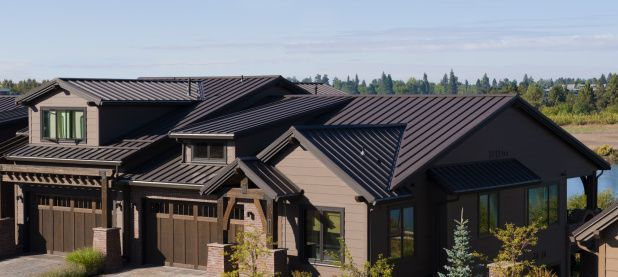
CONTACT INFORMATION
Licensed and insured.
Lic # ALLTETR835BL
Serving Eastern Washington - Spokane, Spokane Valley, Cheney, North to Colville & Pullman, Airway Heights – Nine Mile Falls – Deer Park – Mead – Liberty Lake
Serving Western Washington -
Federal Way -
Tacoma -
Puyallup -
University Place -
Lakewood
Serving North Idaho - Post Falls, Coeur d' Alene

